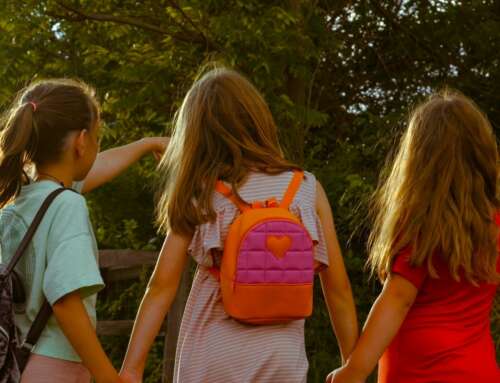
By overcoming fears, children achieve a measure of independence, and may inoculate themselves from adult phobias. (Hanna Rosin)
It’s hard to absorb how much childhood norms have shifted in just one generation. Actions that would have been considered paranoid in the ’70s—walking third-graders to school, forbidding your kid to play ball in the street, going down the slide with your child in your lap—are now routine. In fact, they are the markers of good, responsible parenting. One very thorough study of “children’s independent mobility,” conducted in urban, suburban, and rural neighborhoods in the U.K., shows that in 1971, 80 percent of third-graders walked to school alone. By 1990, that measure had dropped to 9 percent, and now it’s even lower. When you ask parents why they are more protective than their parents were, they might answer that the world is more dangerous than it was when they were growing up. But this isn’t true, or at least not in the way that we think. For example, parents now routinely tell their children never to talk to strangers, even though all available evidence suggests that children have about the same (very slim) chance of being abducted by a stranger as they did a generation ago. Maybe the real question is, how did these fears come to have such a hold over us? And what have our children lost—and gained—as we’ve succumbed to them?
At the core of the safety obsession is a view of children that is the exact opposite of Lady Allen’s, “an idea that children are too fragile or unintelligent to assess the risk of any given situation,” argues Tim Gill, the author of No Fear, a critique of our risk-averse society. “Now our working assumption is that children cannot be trusted to find their way around tricky physical or social and emotional situations.”
What’s lost amid all this protection?
Source: The Overprotected Kid







Leave A Comment